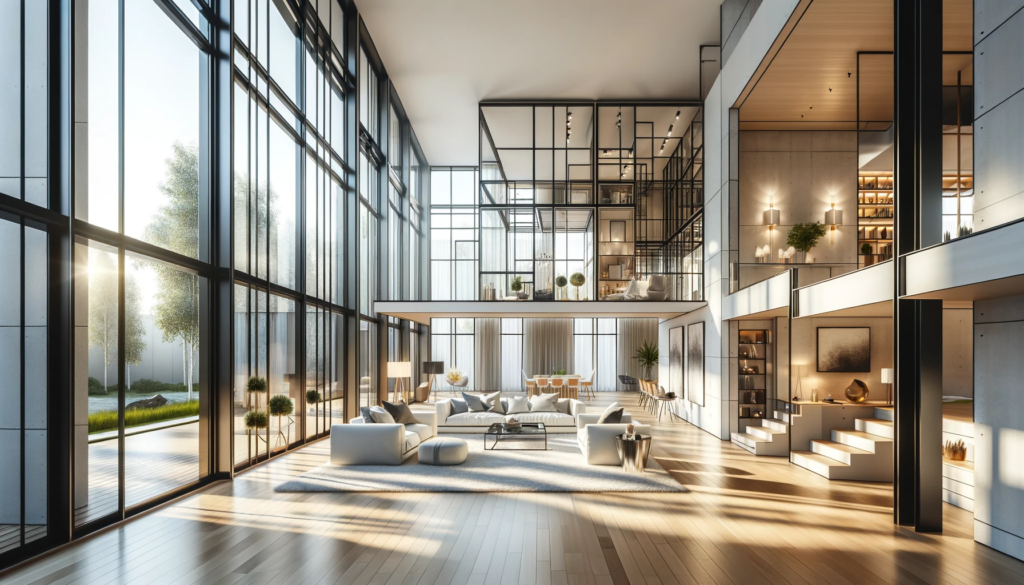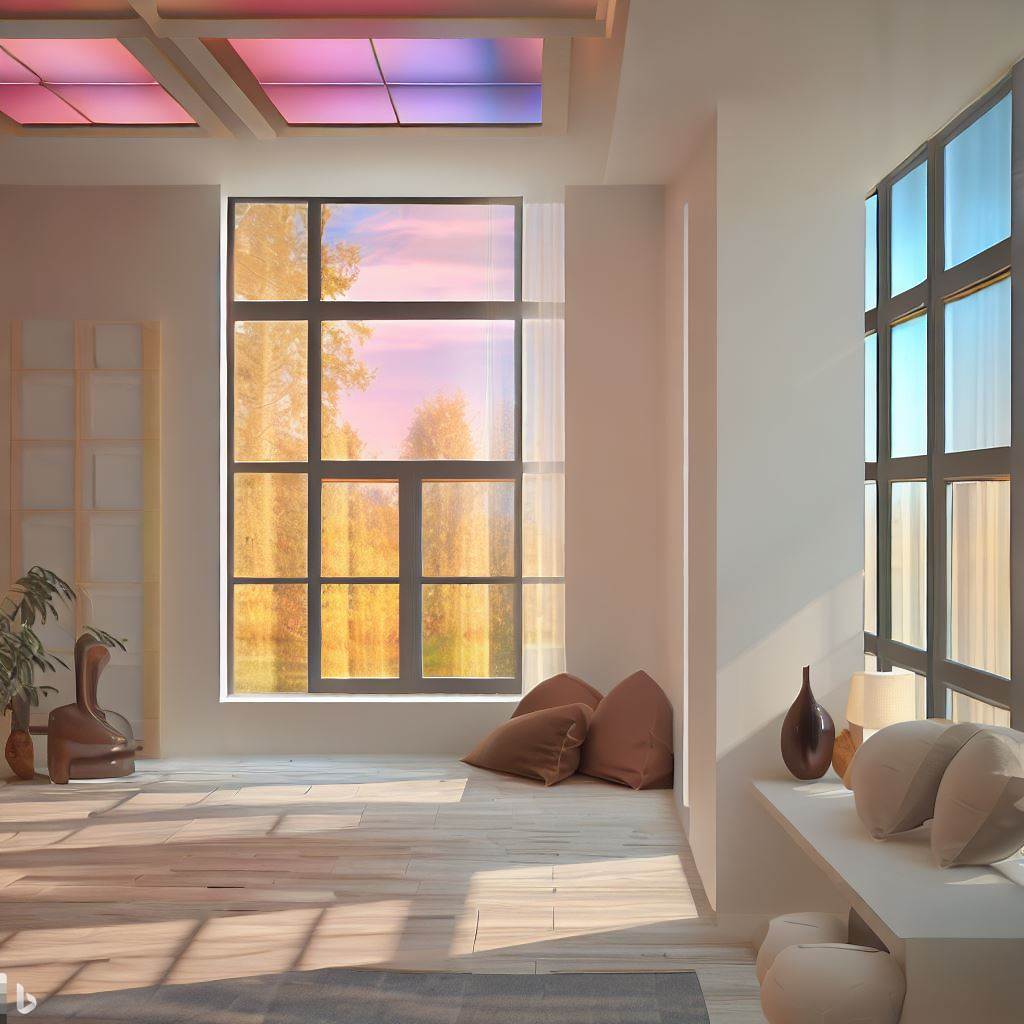Windows are one of the most important elements in a home’s design. They serve functional purposes like lighting, ventilation, and energy consumption. Giving your windows more attention will definitely pay off, because they can add so much to the value of a property. Window remodeling is a great place to start home improvement. Windows can impact the light, space, and aesthetics of your home. In this comprehensive guide we’ll go over all the need-to-knows of window remodeling.
Understanding the Need for Window Remodeling
The reasons for window remodeling may vary, but here’s a few examples.
Energy efficiency
Energy-efficient windows cut utility costs. A remodel with this purpose in mind saves you money in the long run! These windows reduce heat loss during winter and retain cool air during summer.
Aesthetics and home value
New windows can enhance the curb appeal of a home, thereby increasing its value. Investing in new windows is often a wise financial move, particularly if you’re planning to sell your property in the future. Boosting your home’s aesthetics also makes your daily life more pleasant and enjoyable. Allow yourself to appreciate the beauty of your surroundings both inside and outside of your home!
Improved functionality
Old, worn-out windows can be difficult to open, close, or clean. By remodeling your windows, you can improve their functionality. This might mean ease of operation, lower maintenance, or even better home comfort.
Increased safety and security
Upgraded windows can enhance a house’s security, affording peace of mind for homeowners. This can be achieved through features like reinforced glass, sturdy frames, and advanced locking mechanisms, providing better protection against intruders. Ultimately, window remodeling offers a range of benefits that can significantly improve your home’s comfort, efficiency, aesthetics, and overall value.
Types of Window Remodels
Here’s what you can do if you want to revamp your window situation:
Replacement windows
This involves removing old windows entirely and replacing them with new ones. This may be your best option when you’re working with frames that are broken or even just out of style.
Retrofit windows
Retrofit windows involve replacing the window without removing the existing frames. Retrofitting is most applicable when the frame is in reasonable condition but needs improved glass or operational mechanisms.
Window resizing or repositioning
This model is a bit more complex than the first two as it may involve adjusting the structural components of the wall. Window resizing or repositioning is a more involved option that may require modifying the structure of the wall to accommodate changes in window size or location. It offers flexibility in transforming the layout and design of a space, but requires careful planning and professional expertise.
Different Styles of Windows to Consider for Remodeling
You can choose from lots of window styles; here are some popular options you might go with:
Single or double hung windows
Popular for their classic look, single or double hung windows offer the standard up-and-down sliding operation.
Casement windows
These hinge at the side and open outward, offering a wide unobstructed view and excellent ventilation.
Awning windows
Hinged on top and opening outward, awning windows are popular for their sleek, contemporary feel.
Picture windows
These are large, stationary windows designed to frame a view like a picture.
Bay or bow windows
These extend out from a home’s exterior wall to create space and let in more light.
Slider windows
These slide horizontally and are noted for their wide views and contemporarily styled appearances.
The Process of Window Remodeling
Initial assessment
Before you embark on remodeling, you should assess your current windows and determine their conditions, and identify the need for changes. Inspect for any signs of damage, such as cracks, drafts, or difficulty in operation. Consider your goals for remodeling, whether it’s improving energy efficiency, enhancing aesthetics, or increasing security.
Choosing the right window style and materials
The next step is to decide on the window style that best fits your home’s design and the best material for your specific needs.
Removal of old windows
Old windows are then safely removed to make way for the new ones.
Installation of new windows
The new windows are installed accurately to ensure they are secure and aesthetically pleasing.
Post-installation procedures and cleanup
The final step is to tidy and clean the working area, and ensuring the windows are functioning as they should.
The Cost of Window Remodeling
The cost of window remodeling can depend on various factors, including type and style of windows, materials used, labor charges, and the complexity of the work.
The price may range from a few hundred to several thousand dollars per window. Options for financing your window remodel could include savings, home equity lines of credit, or loans from remodeling financing companies.
DIY Vs. Professional Window Remodel
DIY
DIY remodeling can be rewarding and cost-effective but also carries higher risk of error and can potentially void warranties. Additionally, it may require specialized tools and skills.
Professional
Hiring professionals can be expensive, but ensures a high level of craftsmanship and adherence to code. It also provides access to warranties and guarantees for added peace of mind.
Ultimately, the decision between DIY and professional window remodeling depends on your comfort level, budget, and the complexity of the project.
Maintenance Tips for Your Remodeled Windows
To properly maintain your remodeled windows, make sure to regularly clean them, weatherproof them, and address minor repairs promptly to prevent bigger issues. This will keep them functioning at their best for longer.


